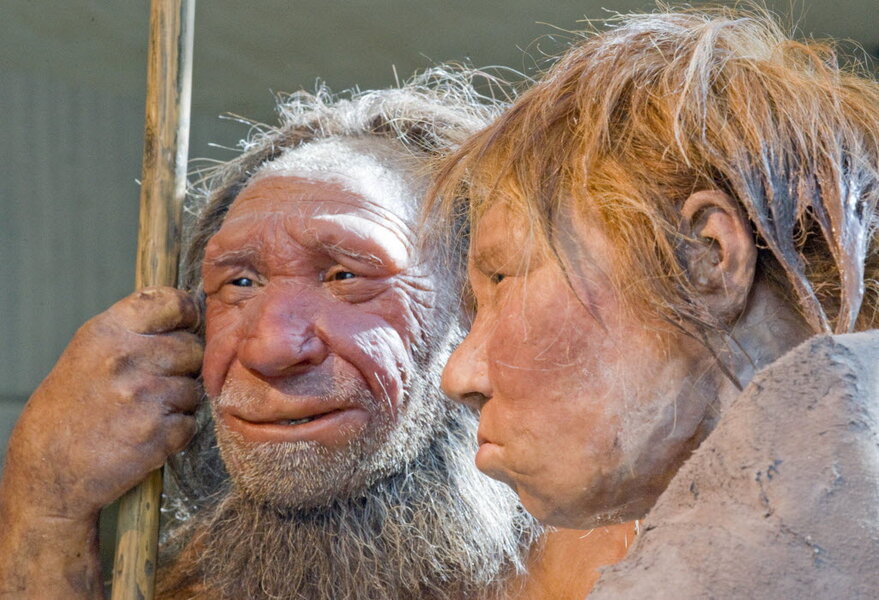Out of Africa just once? DNA offers fresh look at humanity's family roots
Three human genome studies published Wednesday in Nature provide new clues as to when Homo sapiens, our earliest anatomically modern human ancestors, first left Africa.
After analyzing the DNA of 800 people from more than 270 populations, including a large number of aboriginal people in Australia and Papua New Guinea, the researchers found genetic evidence for a migration of humans out of Africa about 100,000 years ago – long before the migration that most modern Europeans, Asians, and Australians are descended from, which came about 60,000 years ago.
But that earlier migration largely failed. The populations died out within a few generations, ultimately contributing no more than a few percent of the genome to anyone alive today, the researchers say.
The three studies differ in most details, but "all three papers all reach the same conclusions: that in Eurasians and also [Papua New Guineans], the majority of their genomes come from the same major migration,” said Luca Pagani, a biologist at the University of Cambridge and first author on one of the studies, reported BBC News.
By testing hundreds of samples of DNA from various populations, researchers in each study traced genetic markers across the globe to gain insight into the flow of early humans.
Dr. Pagani and his colleagues at the Estonian Biocentre looked at 483 human genomes from 148 populations worldwide and concluded that large population groups exited Africa at several different times, and that the majority of Eurasians migrated more recently than the indigenous people from Australian and Papua New Guinea.
"All the other Eurasians we had were very homogenous in their split times from Africans,” Pagani told BBC News. "This suggests most Eurasians diverged from Africans in a single event ... about 75,000 years ago, while the [Papua New Guinea] split was more ancient – about 90,000 years ago. So we thought there must be something going on."
Another study, led by Anna-Sapfo Malaspinas from the Centre for GeoGenetics, partially contradicts Pagani’s findings. Dr. Malaspinas and her colleagues looked at 83 Aboriginal Australian and 25 Papuan genomes and found evidence for a single migration between 51,000 and 72,000 years ago.
After leaving Africa in a mass migration, they argue, anatomically modern humans reproduced with Neanderthals already living in Europe and Asia until 58,000 years ago, when ancestors of the aboriginal group made their way to Australia via a land bridge that then connected the Papua New Guinea with Australia.
The last study, led by Swapan Mallick from the Department of Genetics at Harvard Medical School, also found evidence for a significant mass migration by 100,000 years ago, but said that those early humans were not the ancestors of any particular modern group.
“Indigenous Australians, New Guineans, and Andamanese do not derive substantial ancestry from an early dispersal of modern humans; instead, their modern human ancestry is consistent with coming from the same source as that of other non-Africans,” the authors wrote.
Other lines of evidence have also suggested that humans began trickling out of Africa much earlier than 60,000 years ago.
Homo sapiens teeth found in China last year were dated to 80,000 and 120,000 years ago, placing humans in Asia tens of thousands of years earlier than previously thought, and other anthropological signs have complicated the story as well.
“Human history is this really fascinating and complex puzzle, and genetics can tell us about some of the pieces," Joshua Akey, an evolutionary genomicist at the University of Washington who was not involved in the studies, told The Verge. But given genetic limitations, “it’s really important to integrate information from as many other disciplines as possible."







